- All Flags
- Flags of Countries by Continent
-
Flags of Organizations
- Flags of UN countries
- Flags of the European Union countries
- Flags of NATO countries
- Flags of the countries of the Organization of Islamic Cooperation
- Flags of the countries of the Organization of American States
- Flags of the Arab League countries
- Flags of the African Union countries
- Flags of the countries of the Union of South American Nations
- Flags of the Commonwealth of Nations
- Flags of the countries of the Secretariat of the Pacific Community
- Flags of the Nordic Council countries
- Flags of the Caribbean Community
- Flags of the countries of the Association of Southeast Asian Nations
- Flags of the East African Community
- Flags of the countries of the Organization of Turkic States
- LGBT Community Flags
- Historical Flags
- Ethnic Flags
- Flags of the USA (states)
Flag of Guernsey
The Flag of Guernsey, the second largest of the Channel Islands and a British Crown Dependency, is a powerful symbol of its unique heritage, self-governance, and close historical ties to both England and Normandy. Adopted relatively recently in 1985, it became a distinctive emblem that eliminated confusion with other flags and emphasized the island..
Flag of Guinea
The national flag of Guinea is a powerful and evocative symbol that embodies the nation's journey towards independence, its commitment to unity, and its aspirations for a prosperous and just society. Adopted on November 10, 1958, just weeks after Guinea overwhelmingly voted for independence from France and rejected membership in the French Communit..
Flag of Guinea-Bissau
The national flag of Guinea-Bissau is a vibrant and deeply symbolic emblem that embodies the nation's struggle for independence, its revolutionary ideals, and its aspirations for a prosperous and unified future. Adopted on September 24, 1973, the day Guinea-Bissau declared its independence from Portugal, the flag is a powerful visual narrative of a..
Flag of Guyana
The flag of Guyana, known as "The Golden Arrowhead," is a modern and dynamic national symbol that vividly reflects the nation's geography, wealth, and aspirations. Adopted in 1966 on the day the country gained its independence, it was designed by a renowned American vexillologist and has since served as a proud emblem of Guyana's sovereignty and un..
Flag of Haiti
The national flag of Haiti is a powerful and vibrant emblem that tells the story of a nation born from revolution. Its design is deeply intertwined with the country's struggle for independence, symbolizing the unity, courage, and enduring spirit of the Haitian people. The flag is a source of immense national pride, serving as a constant reminder of..
Flag of Hawaii (US state)
The flag of the state of Hawaii is the most distinctive among all U.S. state flags, holding a unique place in vexillological history. It is the only state flag to feature a foreign country's national flag, the United Kingdom's Union Jack, and it is also the only one that once served as the national flag of an independent kingdom. This banner, offic..
Flag of Honduras
The national flag of Honduras is a powerful symbol of the nation's history, geography, and aspirations for regional unity. Its design is based on the flag of the former Federal Republic of Central America, a union of five nations that existed in the 19th century. The flag is a source of national pride, representing the country's unique position bet..
Flag of Hong Kong
The Regional Flag of the Hong Kong Special Administrative Region of the People's Republic of China is a powerful emblem, intricately woven with the unique identity, complex history, and enduring aspirations of its people. Adopted on April 4, 1990, and officially hoisted on July 1, 1997, during the historic handover from British rule to Chinese sove..
Flag of Hungary
The national flag of Hungary is a horizontal tricolor of red, white, and green. This design was officially adopted on October 1, 1957, following its use during the 1848–1849 revolution, with roots stretching back to earlier national symbols. The flag's dimensions are typically in a 1:2 ratio, although historically, variations existed. Each st..
Flag of Iceland
The national flag of Iceland is a powerful and emotive symbol, deeply intertwined with the nation's unique identity, its dramatic landscapes, and its enduring struggle for independence. Known for its distinctive Nordic cross design, the flag features a red cross bordered in white, set against a deep blue field. This striking combination of colors a..
Flag of Idaho (US state)
The flag of the state of Idaho is a detailed and symbolic banner that serves as a comprehensive representation of the state's identity. Its design is a testament to Idaho's rich history, its natural resources, and the pioneering spirit of its people. Officially adopted on March 12, 1907, the flag prominently features the state seal, a complex emble..
Flag of Illinois (US state)
The flag of the state of Illinois is a banner steeped in history, defined by its central state seal and a journey to achieve a clear, proud identity. Officially adopted in 1915 and significantly modified in 1970, the flag serves as a visual testament to the state’s values, its rich heritage as the “Land of Lincoln,” and its pivota..
Flag of India
The national flag of India, famously known as the "Tiranga" (meaning "Tricolor"), is a profound symbol of the nation's independence, its rich cultural heritage, and its unwavering commitment to unity in diversity. More than just a piece of cloth, it embodies the aspirations, struggles, and values of over a billion people. Adopted on July 22, 1947, ..
Flag of Indiana (US state)
The flag of the state of Indiana, officially adopted on May 31, 1917, is a design of elegant simplicity and profound meaning. Known for its striking blue and gold color scheme, the flag is not just a state emblem, but a visual narrative that celebrates Indiana’s place in the nation’s history and its core values of enlightenment and libe..
Flag of Indonesia
The national flag of Indonesia, known as "Sang Saka Merah Putih" (The Lofty Red and White), is a powerful and iconic symbol deeply ingrained in the nation's identity and history. Its simple yet profound design represents the enduring spirit of the Indonesian people, their long struggle for independence, and their hopes for a prosperous future. This..
Flag of Iowa (US state)
The flag of the state of Iowa is a vibrant and historically significant banner that tells a story of national allegiance and regional heritage. Unlike many other states that adopted flags early in their history, Iowa’s flag was a relatively late addition, driven by the practical needs of military service. Officially adopted on March 29, 1921,..
Flag of Iran
The national flag of Iran is a deeply symbolic emblem that encapsulates the rich tapestry of the nation's ancient history, profound religious identity, and the revolutionary spirit that shaped its modern form. More than just a national identifier, it is a visual representation of the Islamic Republic of Iran's core principles, its struggles, and it..
Flag of Iraq
The national flag of Iraq is a powerful emblem, reflecting the nation's complex history, its Arab identity, and its aspirations. It's a symbol that has undergone several transformations, each reflecting significant political shifts and societal changes within the country. The current flag, adopted in 2008, retains the pan-Arab colors while incorpor..
Flag of Ireland
The national flag of Ireland, often called the Irish Tricolour, is a powerful and universally recognized symbol of Irish identity, independence, and the aspirations for peace and unity on the island. Its design is elegantly simple yet profoundly meaningful: three vertical stripes of equal width, green at the hoist, white in the middle, and orange a..
Flag of Israel
The national flag of Israel, known in Hebrew as "Degel Yisrael," is a profound and instantly recognizable symbol, embodying the enduring spirit, history, and aspirations of the Jewish people and the State of Israel. Its design draws directly from ancient religious and cultural traditions, reflecting a deep connection to Jewish identity and the bibl..
Flag of Italy
The national flag of Italy is an iconic and universally recognized symbol, embodying the nation's rich history, its vibrant culture, and its journey towards unity and independence. Known affectionately as Il Tricolore, its design features three vertical stripes of equal width: green on the hoist side (left), white in the middle, and red on the fly ..
Flag of Ivory Coast
The national flag of the Republic of Côte d'Ivoire, often referred to as the Ivorian flag, is a vibrant tricolor that stands as a proud emblem of the nation's independence, its deep connection to the land, its people, and its aspirations for a prosperous future. Adopted on December 3, 1959, just before the country gained full independence fro..
Flag of Jamaica
The Jamaican flag is a profound national symbol, a vibrant tapestry of colors and meanings that captures the essence of the island's spirit, its deep-rooted history, and the bright outlook of its people. This emblem, officially adopted on August 6, 1962, the very day Jamaica gained independence from British colonial rule, stands as a powerful testa..
Flag of Japan
The National Flag of Japan, universally known as the Hinomaru (日の丸), meaning "circle of the sun," is a symbol of profound simplicity and immense national pride. Its minimalist design belies a rich tapestry of history, mythology, and cultural significance that resonates deeply with the Japanese people. Far more than just an emblem of state, the Hino..
Flag of Jersey (Bailiwick)
The Flag of Jersey, one of the Channel Islands and a British Crown Dependency, represents a significant symbol of its unique history, culture, and self-governance. Although the island is under the British Crown, its flag reflects a distinct identity shaped by centuries of independence and ties to both Normandy and England. Description and Elements..




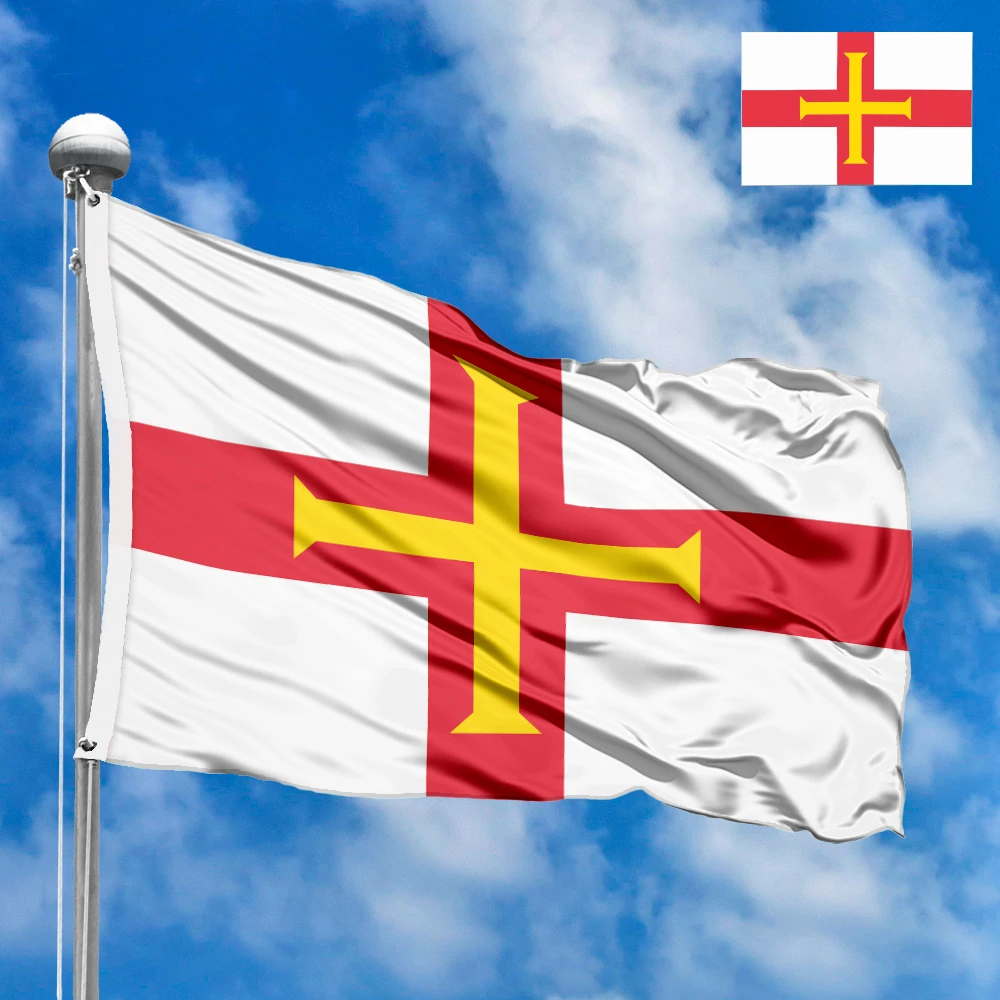























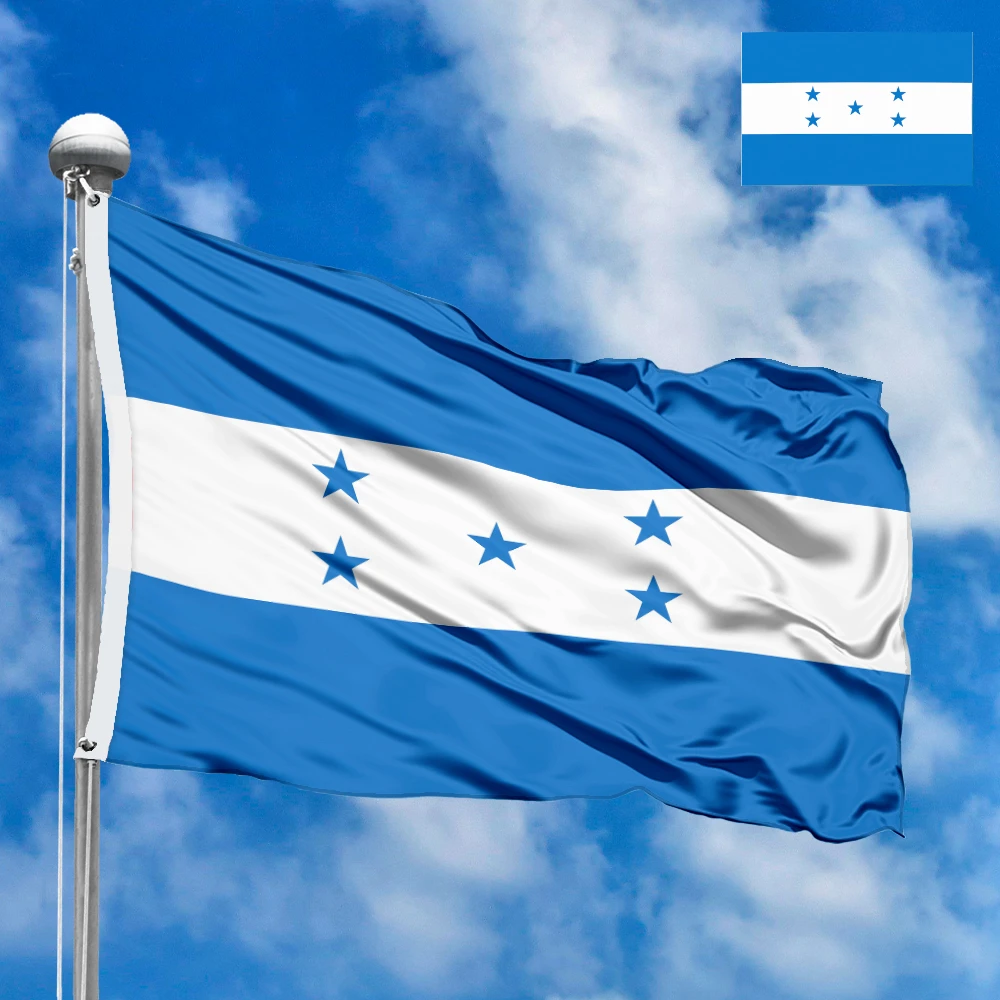











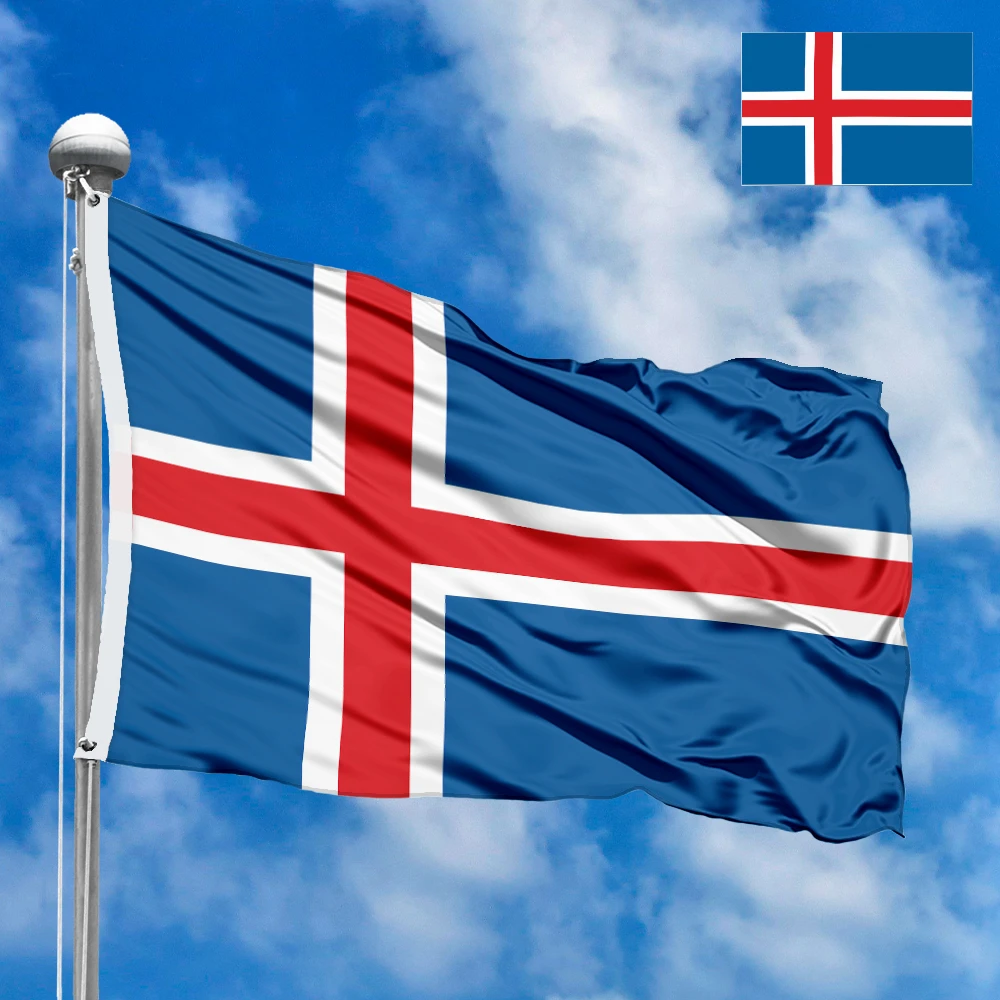







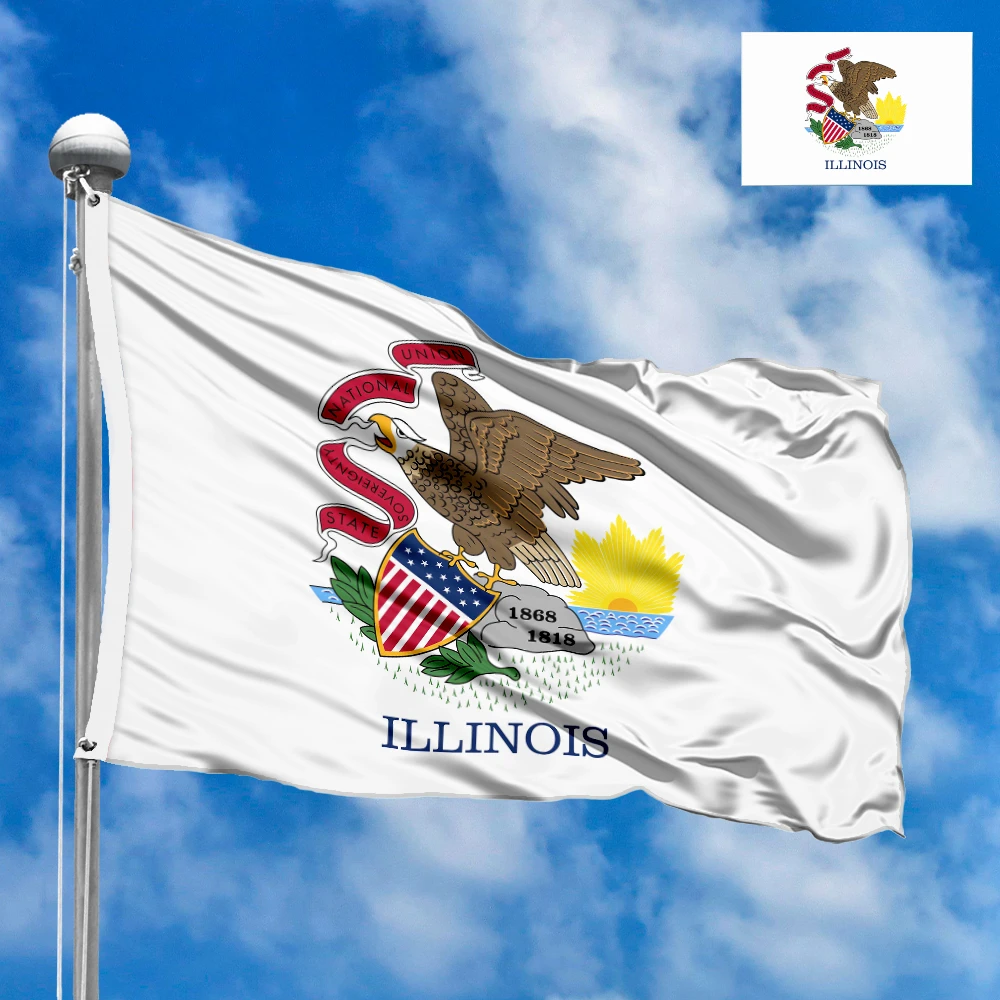







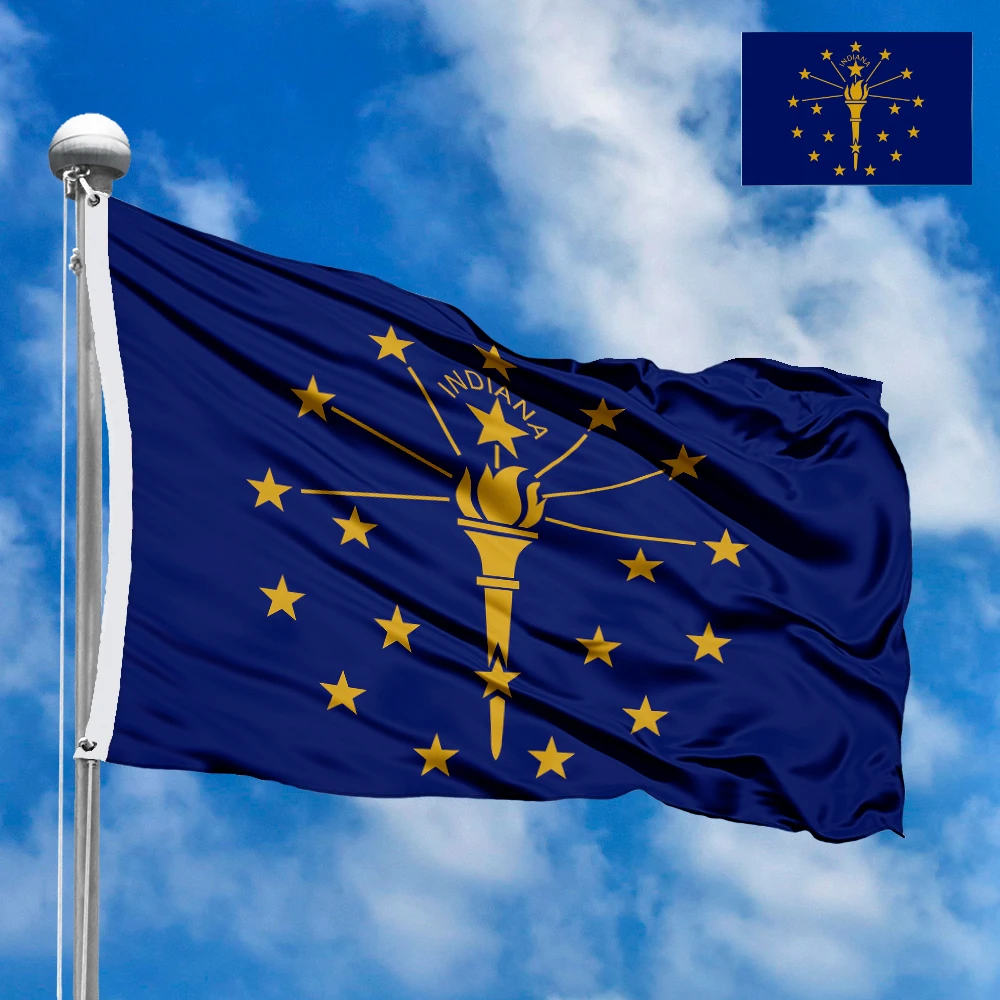



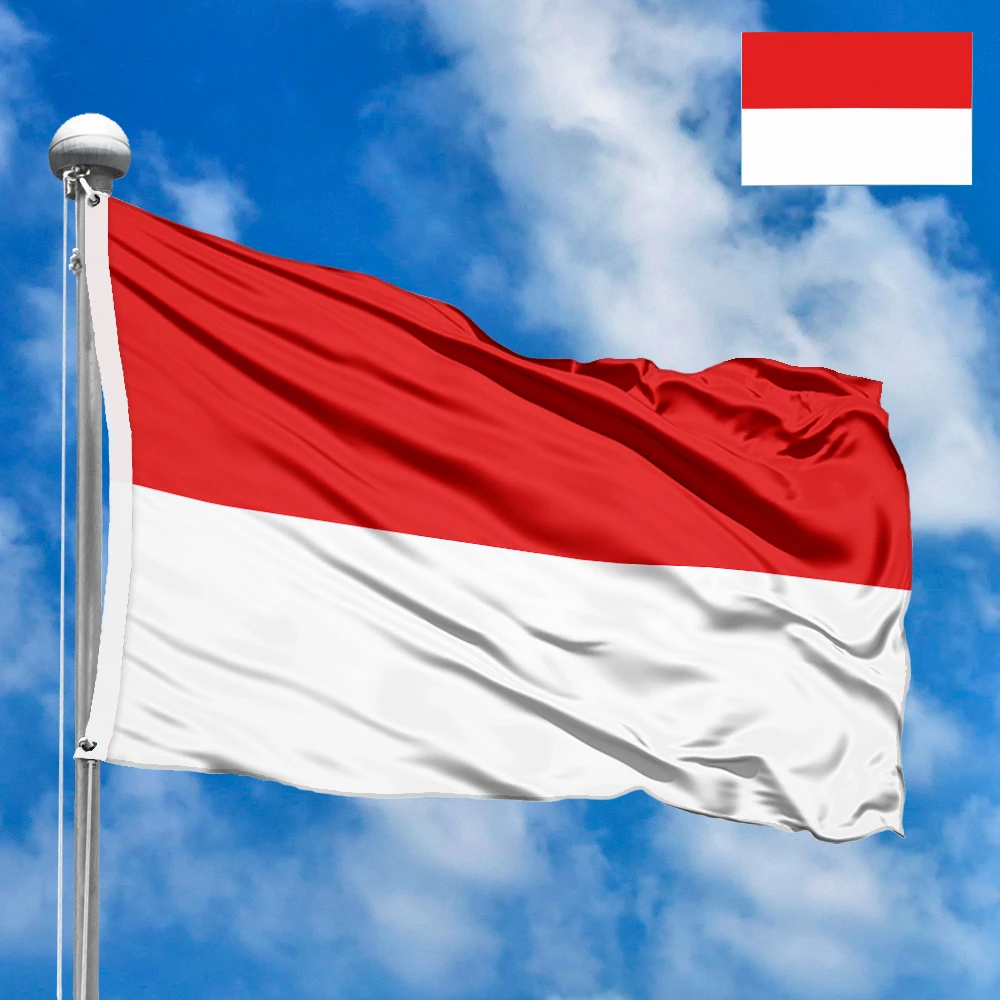



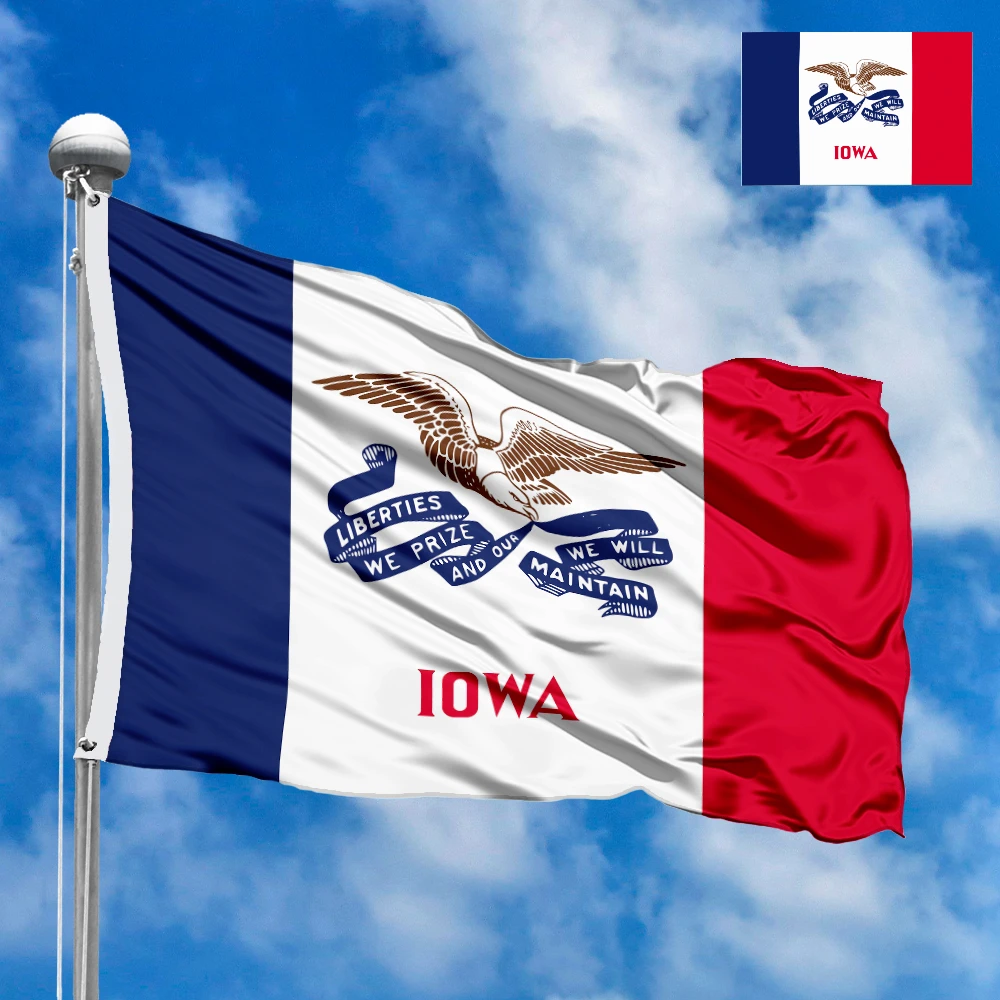



































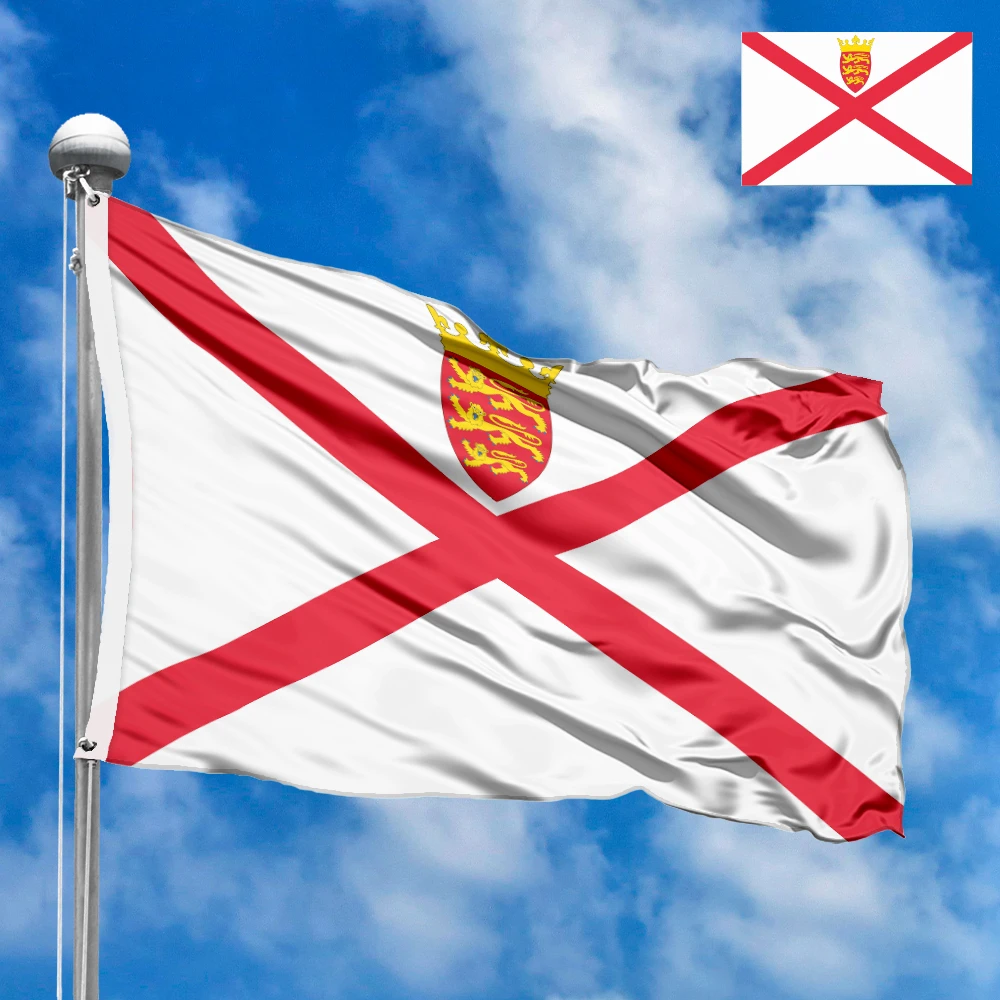
 Flags of Europe
Flags of Europe Flags of Asia
Flags of Asia Flags of Africa
Flags of Africa Flags of North America
Flags of North America Flags of South America
Flags of South America Flags of Australia and Oceania
Flags of Australia and Oceania Flags of Antarctica
Flags of Antarctica Flags of International Organizations
Flags of International Organizations LGBT Community Flags
LGBT Community Flags Historical Flags
Historical Flags Flags of the US States
Flags of the US States Ethnic flags
Ethnic flags